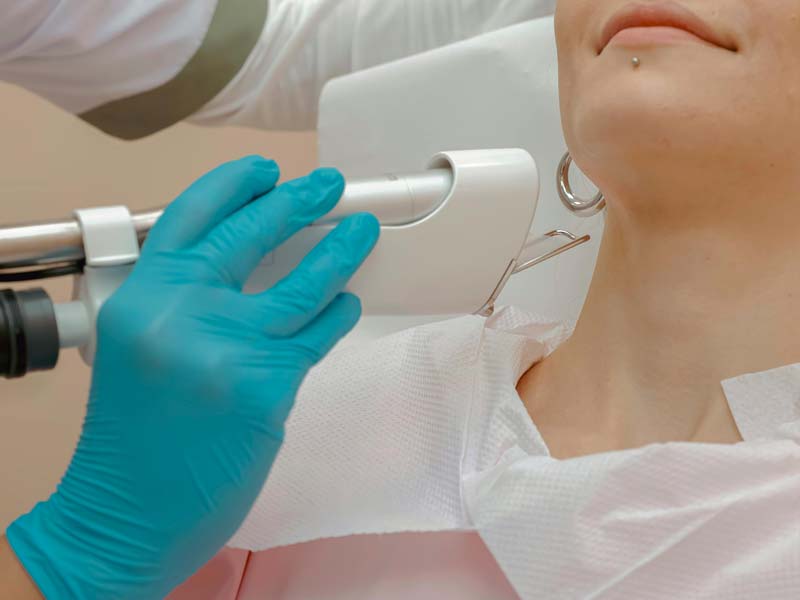Overview of pico and nano lasers, covering their characteristics, applications, and advantages - Explained by Dr. Yeung Ho Hong(楊浩康)
(Overview of pico and nano lasers) © Photo by Khuram Naseem from Pexels.

Pico Lasers
Overview
Pico lasers emit energy in extremely short pulses, measured in picoseconds (one trillionth of a second). This technology is designed to deliver energy quickly and efficiently, minimizing thermal damage to the surrounding tissues.
Mechanism of Action
- Photoacoustic Effect: The rapid energy delivery causes pigments (like tattoo ink or melanin) to shatter into tiny particles, which are then more easily removed by the body’s immune system.
- Collagen Stimulation: The energy also stimulates collagen production, improving skin texture and elasticity.
Applications
- Tattoo Removal: Effective on various ink colors, producing quicker results with fewer sessions.
- Pigmentation Treatment: Targets conditions like melasma, sun spots, and post-inflammatory hyperpigmentation.
- Skin Rejuvenation: Improves skin texture, reduces fine lines, and enhances overall skin tone.
Advantages
- Minimal Downtime: Patients can often return to normal activities shortly after treatment.
- Fewer Sessions Required: Achieves significant results in fewer treatments compared to traditional lasers.
- Versatility: Can treat a range of skin issues effectively.
Nano Lasers
Overview
Nano lasers operate with slightly longer pulse durations, measured in nanoseconds (one billionth of a second). While they are still fast, they typically produce a thermal effect rather than the photoacoustic effect of pico lasers.
Mechanism of Action
- Photothermal Effect: The energy is absorbed by the targeted area, causing thermal damage that leads to the destruction of unwanted pigments or skin irregularities.
- Skin Resurfacing: The heat generated can stimulate collagen and elastin production, promoting skin renewal.
Applications
- Tattoo Removal: Useful for removing tattoos, though it may require more sessions than pico lasers.
- Skin Resurfacing: Effective for treating acne scars, wrinkles, and overall skin texture.
- Pigmentation Issues: Can address certain types of pigmentation, but may be less effective on deeper pigments compared to pico lasers.
Advantages
- Effectiveness: Good for deeper skin issues and tougher tattoos.
- Widely Used: Established technology with a long history in dermatology.
Key Differences
- Pulse Duration: Pico lasers operate in picoseconds while nano lasers use nanoseconds.
- Mechanism: Pico lasers utilize a photoacoustic effect, while nano lasers focus on thermal effects.
- Precision and Safety: Pico lasers are generally considered safer and more precise, leading to fewer side effects and less downtime.
Conclusion
Both pico and nano lasers serve important roles in dermatological treatments. The choice between them depends on specific skin concerns, desired outcomes, and the recommendation of a qualified practitioner. Pico lasers are often favored for their precision and efficiency, especially in delicate treatment areas.
